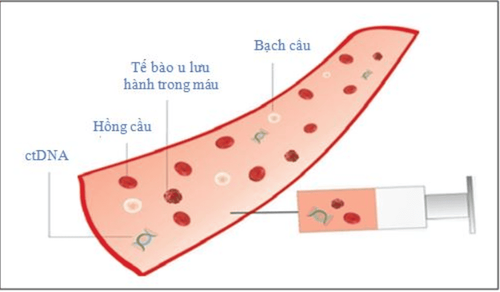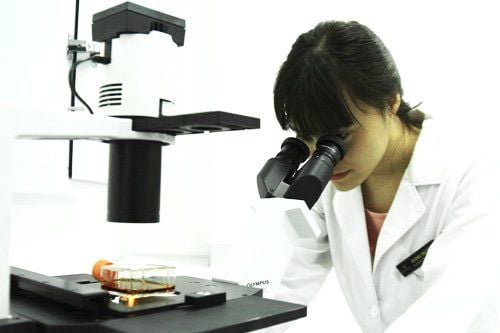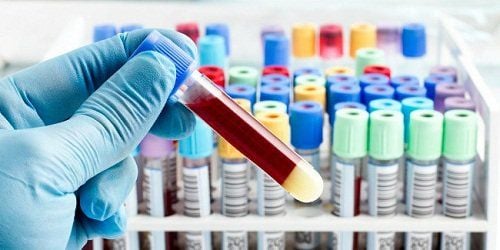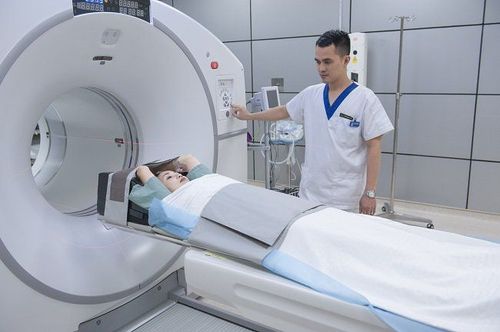This is an automatically translated article.
Article written by Dr. Nguyen Hong Thanh, Vinmec High Technology Center
Liquid biopsy has the advantage of being less invasive and can be repeated many times during the examination and treatment of cancer. Despite this, liquid biopsies still present limitations and are not yet considered a standard tool used by clinical oncologists.
“Tumor analysis using biomarkers in peripheral blood is the first step in the diagnosis of cancer” – comments by Catherine Alix-Panabieres. The current challenge is to make liquid biopsy the standard tool in clinical diagnosis.
During the past decade, liquid biopsy has received special scientific attention because of its usefulness and advantages in its use to analyze tumor characteristics and properties through markers. biology in peripheral blood. Liquid biopsies have the advantage of being less invasive and can be repeated many times during the examination and treatment of cancer. Even so, liquid biopsies still present limitations and are not yet considered a standard tool used by clinical oncologists (not yet a standard tool in the clinical oncologist's arsenal).

There is a lot of work to do like optimizing methods based on different principles. It is this that has created controversy in the community of cancer scientists. In addition, the two most studied biomarkers when performing liquid biopsies are free tumor cells or free-floating tumor cell DNA fragments in the blood. These two biomarkers are the main subject of analytical techniques to determine the presence of tumors in the body. To overcome the problems of liquid biopsies and improve the reliability of diagnostic methods using liquid biopsies, the scientific community has focused on demonstrating the potential applications of biomarkers. this. Many efforts have been made, including projects to establish the European Society of Liquid Biopsy and the US-based non-profit BloodPAC. These alliances can bring together researchers and industry experts to develop robust and stable testing methods based on liquid biopsy techniques.
The intentions are not to select or optimize a single method for liquid biopsies, but rather the need to target multiple blood free biomarkers specific for a variety of cancers . It is important to be able to identify specific combinations of biomarkers so that clinicians can determine tumor status, origin, and progression. Furthermore, tumor-specific biomarkers are not the only ones that need to be considered, we can consider the presence or abnormal increase in the number of tumor cells. immune cells in the blood, due to the body's immune response against the formation and growth of tumor cells.
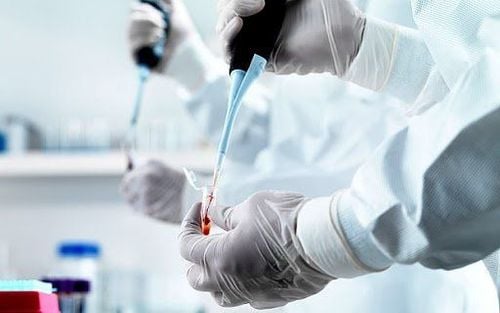
Therefore, it is necessary to develop algorithms capable of combining different data to give the most complete information about tumor status. This approach, therefore, can help doctors determine the most appropriate treatment for a patient. For example, in carriers of non-metastatic pancreatic cancer, evidence suggests that CTCs and exosomes released from tumor cells can be used to diagnose the surgical viability of these tumors. tumor. And the blood analysis test was able to detect and localize eight types of surgically resectable cancer by assessing levels of circulating proteins and mutations in free fragments of tumor cell DNA. u.
The lack of preclinical and clinical standardized standards has prevented the development of such algorithms, however, testing is underway. For example, a European project called PROLIPSY is investigating how liquid biopsies can aid in the early detection of prostate cancer. The researchers will combine analysis of CTCs, blood free DNA, and extracellular secretion in men with elevated levels of prostate-specific antigenic proteins. The goal was to identify people with prostate cancer, and then find a way to tell the difference between the group with malignant cancer and the group with benign tumors.
Clinical trials have demonstrated that CTCs and free DNA are strongly associated with many different types of cancer. To demonstrate their role and close relationship with liquid biopsies in clinical guidelines, clinical trials are urgently needed. These trials will gather information from projects like PROLIPSY, and test whether CTCs and ctDNA can be used to help diagnose and identify tumors in patients. For example, a blood sample can be collected prior to initiating therapy and used to compare and find the best treatment for the patient. During treatment, liquid biopsies can be periodically analyzed to check for stable or elevated levels of CTCs and cfDNA, thereby making an assessment for the most appropriate therapy. Patients can be prescribed the most effective therapy for their condition. The periodic analysis of liquid biopsy samples also helps to control the risk of recurrence of the tumors after the treatment period.
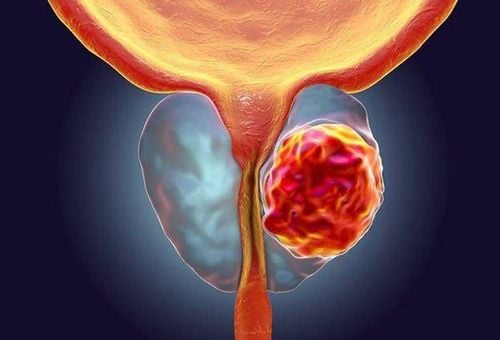
The lack of standardized standards has allowed only a limited number of clinical trials to be performed. The STIC CTC METABREAST study demonstrated the clinical effects of CTCs in the indications of chemotherapy or hormone therapy for patients with metastatic breast cancer. In most of the patients participating in the trial, the amount of CTC determined confirmed the correctness of the indication for therapy. In addition, the amount of CTC can also be used as a basis for adjusting or changing therapy. In another trial, called TACTIK, it also used the CTC index to determine when resistance develops in patients with metastatic cancer, and when to change therapy.
The possibility of replacing standard tissue biopsy (solid tissue) with liquid biopsy is still not really clear. For the purposes of diagnosing primary tumors or staging metastatic lesions in hard-to-sample tissues, liquid biopsies provide a reliable solution. Liquid biopsies can also help in limiting possible complications with invasive tissue biopsies, such as bleeding or infection.
Researchers have known about the clinical potential of liquid biopsies for many years. In order for liquid biopsies to be widely used, more clinical trials are now needed, as well as the development of an algorithm to combine data on biomarkers floating in the circulation. This is where policymakers and industry must step in. Only then can these sophisticated and powerful techniques become fast, reliable, and non-invasive decision-making tools.
If you intend to have a biopsy, you should go to reputable medical facilities with modern equipment to get the most accurate results. Vinmec International General Hospital is a high-quality medical facility in Vietnam with a team of highly qualified medical professionals, well-trained, domestic and foreign, and experienced.
A system of modern and advanced medical equipment, possessing many of the best machines in the world, helping to detect many difficult and dangerous diseases in a short time, supporting the diagnosis and treatment of doctors the most effective. The hospital space is designed according to 5-star hotel standards, giving patients comfort, friendliness and peace of mind.
Please dial HOTLINE for more information or register for an appointment HERE. Download MyVinmec app to make appointments faster and to manage your bookings easily.
Reference source: nature.com






